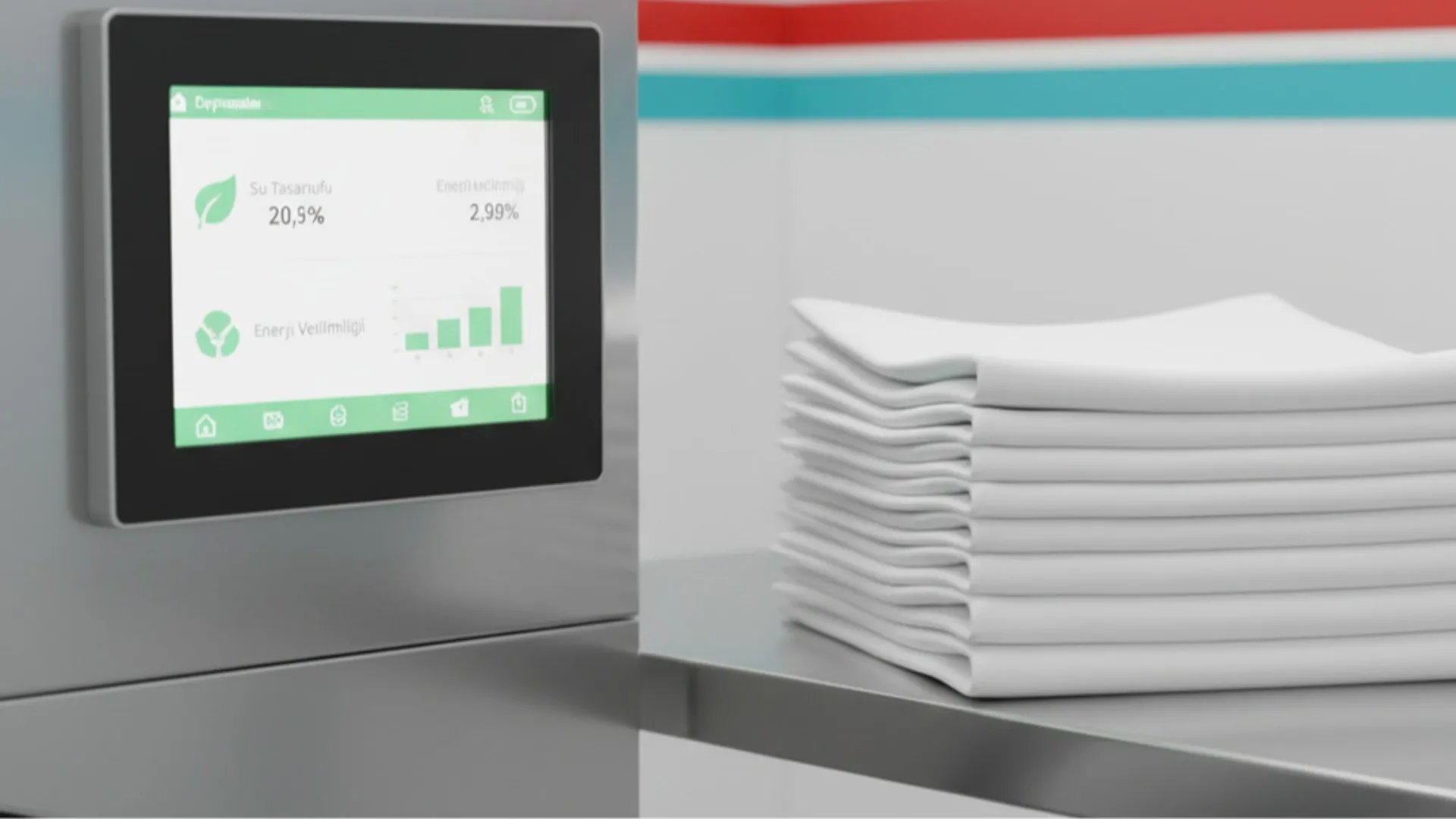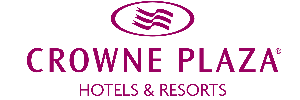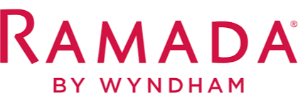Sustainable hygiene practices in restaurant operations are vital for cost control and corporate reputation management. This article provides actionable steps for restaurant chains and independent establishments to strengthen kitchen textile hygiene and improve operational efficiency. The focus is on maintaining hygiene standards while reducing resource consumption in tablecloth and napkin washing, as well as centralized textile management. Integration methods with eco-friendly washing technologies that support institutional sustainability are also outlined.
The Evolution of Washing Technologies for Eco-Friendly Restaurant Cleaning
This section examines the evolution of eco-friendly restaurant cleaning technologies from a corporate perspective, presenting actionable options for business leaders. Changing regulations, energy costs, and customer expectations require restructured professional processes. Installation costs, staff training needs, maintenance plans, and standardization must be evaluated collectively. Water recovery systems and wastewater pre-treatment solutions provide both environmental and financial benefits when integrated with green washing technologies. Low-temperature detergents and programmable machines achieve hygiene goals without damaging fabric fibers. Heat recovery, drying efficiency, and smart control panels reduce energy use while improving operational flexibility. Centralized textile cleaning increases quality control and traceability, ensuring consistent sustainable practices across multiple sites. This section also details pilot planning steps, performance indicators, and supplier evaluation criteria, supported by field data and return-on-investment analysis for management decision-making.
The Impact of Energy-Efficient Washing Systems on Restaurant Costs
This part explores the technical and economic effects of energy-efficient washing systems on restaurant performance. The efficient use of energy resources, machine optimization, and workflow redesign together reduce maintenance and operational expenses. Low-temperature washing machines and optimized detergent dosing lower heating needs and shorten drying cycles. Case studies show that these solutions balance initial investment costs with long-term savings. Kitchen textile hygiene designs aligned with food safety standards further ensure compliance. Process optimization through capacity planning, load balancing, and maintenance scheduling enhances energy and labor efficiency. Evaluating suppliers based on energy labeling, maintenance support, and spare part availability is key. This approach aligns hygiene objectives with financial control and environmental responsibility.
Balancing Hygiene and Efficiency in Restaurant Textile Washing Services
This section explores how the right industrial laundry service model improves restaurant performance by reducing daily workload, ensuring consistent quality, and maintaining hygiene standards. Service provider selection should include supplier audits, documented protocols, delivery schedules, and emergency plans. Industrial washing solutions optimize detergent use by adjusting programs for fabric type and soil level, while improving waste management. Defining needs accurately and including performance clauses in contracts ensures service sustainability. Proper storage and logistics protocols minimize contamination risks and enhance efficiency. Training support and internal audits strengthen policy compliance. Cost analysis must consider operational continuity and long-term benefits, not just initial expenses. Partnering with eco-friendly washing service providers reduces risks and supports brand reputation through measurable sustainability practices.
Green Solutions for Restaurant Textile Hygiene Standards
This section focuses on meeting regulatory hygiene requirements while achieving environmental goals. Corporate policies must align food safety standards, audit mechanisms, and documentation practices. Transparent recordkeeping enhances traceability and quality assurance. Green initiatives include detergent optimization, water recycling, and wastewater treatment. Material selection and adherence to washing guidelines directly affect tablecloth hygiene performance, making technical compatibility with suppliers essential. Temperature and cycle optimization meet hygiene targets while reducing energy use. Centralized textile cleaning protocols ensure consistency and standardization across chains. Supplier evaluation criteria, certification expectations, and on-site audit practices are presented, along with practical guidance linked to restaurant textile hygiene standards. Internal control points, staff training, and continuous improvement indicators support long-term compliance.
Sustainable Cleaning Technologies in Professional Restaurant Textile Washing
This final section focuses on implementation and presents a project-based roadmap. The first step is operational analysis, mapping workflows such as tablecloth washing, napkin cleaning, and storage management to identify bottlenecks. Technical interventions include selecting suitable machines, optimizing detergent dosing, and integrating water and heat recovery systems. Pilot projects run with industrial laundry partners are measured with defined performance metrics and expanded gradually based on results. Standardizing delivery and storage protocols preserves quality across logistics chains. Sample contract clauses, maintenance schedules, and audit templates are provided. Cost elements, ROI analysis, and environmental gains are reviewed in detail. Monitoring and documentation ensure the sustainability of hygiene systems. Managers are offered step-by-step application plans and measurable sustainability targets, with references such as restaurant textile washing for further insights.
























